Equipment
Wishon: The practical facts about spin and shaft design
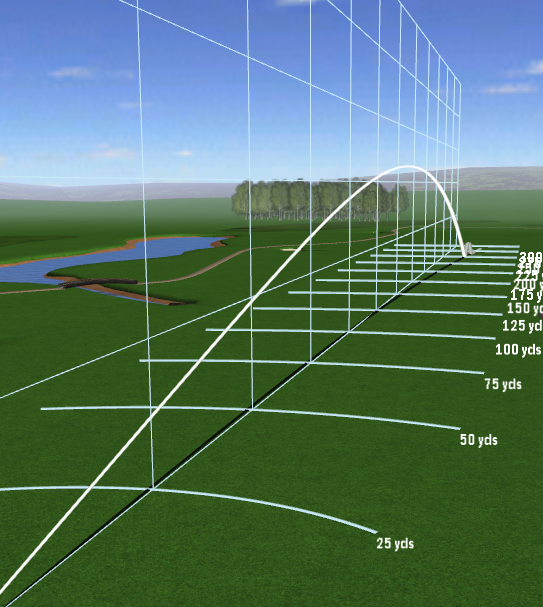
It is a great education as a clubhead and shaft designer to scan through GolfWRX forum posts to listen to what golfers think about their equipment. One of the areas that seems to have developed momentum on GolfWRX is how many golfers react to a backspin measurement on a launch monitor. They try to find a shaft that can enable them to get their spin number lower without first taking the time to determine if they do in fact have a spin problem.
Here are the facts I’ve learned about driver spin in my career, in which I’ve spent countless hours designing clubheads, shafts and fitting golfers.
- Spin outputs from some launch monitors can be inaccurate and inconsistent
Only the TrackMan and FlightScope launch monitors have the ability to read the amount of backspin on a shot with reasonable accuracy. Other launch monitors use various means of pickup (camera, ultrasonic, laser, etc) which simply cannot record spin with a reasonable level of accuracy ore repeatability. Some just simply calculate the spin from the golfer’s ball speed!
Accurate backspin measurement on a golf shot is a highly complex operation. The output for spin is in revolutions per MINUTE. Yet a launch monitor has only a fraction of a second in which to measure how much the ball is spinning upon leaving the clubface. This means with every launch monitor, a math calculation has to be incorporated with the amount of spin “seen” in a fraction of a second to come up with the RPM measurement.
During the time the other launch monitors actually “see” the ball spin, the ball does not even complete one full revolution. Therefore, the spin recognition means has to very accurately measure how much the ball actually rotated during the time it was being “seen.” If the device misses the amount of revolution by say, 10 degrees out of a full 360 degree rotation, by the time the math calculation is done to output an rpm measurement, the final spin measurement can be way off.
Click here for more discussion in the “Clubmaking” forum.
TrackMan and Flight Scope use phase array pulsing Doppler radar to measure spin. Both units shoot a radar beam at the ball from behind, and thus are able to pick up data from the ball’s movement for several feet after impact. This is in comparison to a camera based system which only sees the ball over a couple of inches after takeoff, and explains why the TrackMan and FlightScope launch monitors are more accurate in their spin measurement.
- Most golfers hit range balls on a launch monitors, not premium balls
When is the last time you hit premium quality golf balls on a launch monitor? The majority of operations use range balls with their launch monitor analysis.
Most range balls are one-piece and rarely have similar spin characteristics to the premium balls that golfers typically use when they play. Range balls also suffer more wear from getting hit a lot more times than premium balls. Add it all up and it is nearly impossible for a golfer to try to make valid conclusions about their spin measurements when hitting worn range balls on launch monitors that do not have the ability to accurately measure backspin.
There most definitely is a difference in spin between different models of premium golf balls. To get the most accurate and valid spin measurement for each golfer’s game, it only makes sense to use the ball you typically play and do it with either a TrackMan or Flight Scope launch monitor.
- The best way to determine if you have a spin problem is to observe the flight of the ball, not by reading the spin output from a launch monitor
Just because a tour player’s driver spin is in the low 2000-rpm range does not mean that if yours isn’t, you have a spin problem that is harming your game. The optimum amount of spin for each golfer differs depending on clubhead speed and angle of attack. The slower the clubhead speed, the more spin is needed to generate enough lift under the ball to help keep it in the air to carry farther. Likewise, the higher the clubhead speed and ball speed, the less spin is needed to generate enough lift under the ball to help keep it in the air to carry farther.
The following are data charts from TrackMan that show their findings for what are the optimum driver launch parameters are for different combinations of clubhead speed and angle of attack. From TrackMan’s research, it is easy to see that spin has to increase as clubhead speed slows and the angle of attack is more downward. Charts are offered for optimum CARRY distance as well as for optimum TOTAL DISTANCE as per the conditions of the fairways and their conduciveness to more or less roll of the ball after landing.
Whether a golfer has too much backspin for his clubhead speed and angle of attack depends on the ball flight shape as the ball flies through the air. More serious, higher ball speed golfers need to learn how to visually identify what a shot hit with too much spin looks like rather than to make conclusions based only on a launch monitor measurement.
For shots hit with too much spin, the ball typically curves rapidly upward to a higher apex in flight, after which the ball seems to hang for a little moment at the peak of its apex and then fall more steeply to the ground. From a side view, an exaggerated graphic of the flight shape of the excessive spin shot looks somewhat like this:
A more preferred driver ball flight shape would look more like this:
There is nothing wrong with hitting the driver high, as long as the angle of descent of the ball to the ground is less than 40 degrees.
TrackMan and FlightScope have features that allow you to see the flight shape of every shot. Because they pulse the ball continually in flight from takeoff to landing and roll, its graphic rendition of the shot is accurate. This too can be a valid way to determine if your ball flight shape indicates that you hit the ball with too much spin for your clubhead speed and angle of attack.
Click here for more discussion in the “Clubmaking” forum.
Bottom Line: Learn to watch the flight of your shots and make conclusions about spin results from what you see before you make conclusions from what the launch monitor outputs for a spin number.
- The vast majority of excessive spin situations are caused by swing errors far more than from playing the wrong equipment, and are more often cured by changes in swing technique more effectively than from changes in equipment.
What causes the excessive spin shot? From our research and fitting observations, the two most predominant swing errors that result in excessive spin are:
- A downward angle of attack into the ball with the driver which requires the golfer to use more loft to achieve their optimum launch angle, which in turn increases spin.
- A breakdown of the wrist of the upper hand on the grip coming into impact which allows the clubhead to pass in front of the hands before impact, thus greatly increasing the dynamic loft of the clubhead and increasing spin and launch angle along with it.
The equipment change that can more effectively and more dramatically reduce higher spin caused by either one of these swing errors is a lower the loft on the clubhead. However, in the first case of the downward angle of attack, lower loft, is not really a good solution because it lowers the launch angle as well. Of the two, launch angle and spin, it is FAR better to achieve the right launch angle for the golfer’s clubhead speed and angle of attack than it is to lower the spin.
In the second case of the clubhead passing the hands to cause the high flight, high spin shot, lower loft certainly helps reduce the problem. However, it is also true that you can only lower loft so much. Rarely will you find a 6-degree or 5-degree loft driver. At the end of the day, a golfer is much better off making the effort to get rid of the higher spin/higher launch by taking lessons to improve his angle of attack or his hand-to-clubhead position at impact.
- What is a low launch/low spin or high launch/high spin shaft?
Seriously, if I had a dollar for every time I have read, heard or been asked this question, I could pay for a really nice golf vacation! If you want to know the REAL ANSWER to this question, here it is:
Any shaft that is stiffer overall or is more tip stiff than what you currently play is a lower launch shaft, while any shaft that is more flexible or more tip flexible than what you play is a higher launch shaft. In short, because the golf swing controls everything with regard to the performance of a shaft, what is a lower launch/spin shaft to one golfer can be a higher launch/spin to another golfer and vice versa.
As I have written many times, a shaft ONLY acts to change launch angle and spin for golfers who have a late unhinging of the wrist cock angle during the downswing. So the higher your clubhead speed and the later you release the club, the more you can force the shaft to be flexed forward at impact, which in turn increases the dynamic loft of the clubhead to increase launch angle and spin.
So the stiffer the shaft and/or more tip stiff the shaft in relation to your clubhead speed and point of release, the less the shaft bends forward at impact and the more that shaft becomes a lower launch and lower spin shaft. Conversely, the more flexible and/or more tip flexible the shaft is in relation to your clubhead speed and point of release, the more the shaft can bend forward at impact to generate a little higher launch/higher spin shot.
I’m sorry to tell you this, but the ONLY way you will ever know if a shaft is going to be a lower or higher launch/spin shaft than what you play is to see and compare the full stiffness measurements of the shafts using something like my company’s TWGT Shaft Bend Profile Software. Many of you have seen graph and data chart images from this program that I have posted on WRX to explain the stiffness and performance and feel differences between shafts.
Click here for more discussion in the “Clubmaking” forum.
Below is an example graph and data chart from the TWGT Bend Profile Software. The following chart shows shafts for a golfer with a 100 mph driver clubhead speed who has an average transition/tempo force and a late release. The shafts are listed from top to bottom in the chart for highest to lowest launch/lowest spin characteristics so that you can see how the tip stiffness of the shafts becomes the key element for offering a progressive lowering of the launch and spin for the same driver head.
In the above bend profile graph, the stiffness of all seven shafts in the butt-to-center areas is close enough that all seven could be rated for a golfer with a 100 to 105 mph driver clubhead speed with an average transition force and average tempo.
The measurements for the 21/16/11 are the tip section stiffness measurements. From top to bottom, you’ll see the tip stiffness become progressively stiffer and stiffer. Thus, among these shafts, for a golfer with a 100 to 105 mph driver clubhead speed with an average transition and tempo force, the UST HTD CB85-R will hit the ball the highest with the greatest spin. Then for each shaft that follows, this same example golfer would see a very gradual lowering of the launch angle and spin due to the increase in tip stiffness, while the butt-to-center stiffness remains the same for each shaft.
Now let’s say the 100 to 105 mph golfer with an average transition force and late release was using a Kusala Indigo 61-X, and he complained of hitting the ball with too much spin and wanted a recommendation for a low spin shaft to reduce his spin. Among these shafts, the only one that could even qualify is the Vista Tour 60-X because its tip section is stiffer. However, based on these tip stiffness measurements, the Vista Tour 60-X is only a little more tip stiff than the Kusala Indigo 61-X. The golfer using the Kusala Indigo 61-X probably would not see much of a change in launch or spin because the Kusala is already a very tip stiff shaft.
In reality, if a golfer using such a tip stiff shaft as the Kusala Indigo 61-X complains of too much spin, you could probably bet the farm that if he does in fact have a spin problem, it is because of a swing error and not an equipment deficiency.
Click here for more discussion in the “Clubmaking” forum.
Hard data like the above graph and measurement chart is how spin characteristics of shafts have to be analyzed. Anything else is a pure guessing game.
- Is there such a thing as a high launch/low spin or low launch/high spin shaft?
To make this easy, the answer is without question is NO, it is impossible to make such a shaft because of the different ways different golf swings cause the shaft to bend. No, nada, nil, cannot be done. Period.
The later the unhinging of the wrist cock angle and the higher the clubhead speed, the more the shaft can arrive at impact flexed forward. The more the shaft flexes forward, the more the dynamic loft of the clubhead is increased. The more the dynamic loft of the head is increased, the higher the launch angle AND the higher the spin will be for the shot.
Since it is the forward bending of the shaft that influences the dynamic loft at impact, and since dynamic loft at impact controls BOTH launch angle and spin in the same way, it is impossible to create a shaft that is either high launch/low spin or low launch/high spin.
Conclusion and Key Points
- Be more concerned about finding the driver and shaft combination that achieves your absolutely optimum launch angle and ball speed before you worry about spin. Stop obsessing about the spin number coming from the launch monitor. Please take the time to carefully analyze the ball flight shape of your shots before you make any conclusions about whether you have a “too much spin” problem.
- You never want to choose a shaft with a stiffness and/or tip stiffness design that either feels too stiff or too flexible for your individual preference for the bending feel of the shaft.
- The No. 1 way to change the amount of spin and trajectory on a shot is to change the loft of the clubhead. No. 2 is to change the ball design. No. 3 is to change the shaft’s stiffness and/or tip stiffness design, but remember; a shaft that affect a change on spin only works for players with a later and later release.
- If you truly do have a “too much spin” problem as proven by a valid, accurate observation of the flight of the ball, first check to see if you have a downward angle of attack or if you are allowing the clubhead to pass the hands before impact. If you do either one of these things in your swing, take lessons and practice hard to change these swing errors — do not buy a new club or shaft.
If you cannot overcome the swing error causing your too much spin problem, find a lower loft to help you reduce spin. If you cannot overcome the swing error causing your too much spin problem and the shaft you have fits your swing speed, transition/tempo force, point of release and preference for feel, don’t go shaft hunting to try to lower the spin on your shots. It will either have little to no effect you’ll like end up with a shaft that feels and plays too stiff.
Click here for more discussion in the “Clubmaking” forum.
Equipment
BK’s Breakdowns: Cameron Young’s winning WITB, 2025 Wyndham Championship

Cameron Young’s WITB from his win at the 2025 Wyndham Championship. Cameron is a Titleist staff player but his bag is definitely filled with some unique clubs. Here are the clubs he used to secure his first PGA Tour win!
Driver: Titleist GT2 (9 degrees, A1 SureFit setting)
Shaft: Mitsubishi Tensei 1K Pro Orange 70 TX
3-wood: Titleist GT3 (15 degrees)
Shaft: Mitsubishi Tensei 1K White 80 TX
Hybrid: Titleist GT2 (21 degrees)
Shaft: Fujikura Ventus HB Black VeloCore+ 10 X
Irons: Titleist T200 (4), Titleist T100 (5), Titleist 631.CY Prototype (6-9)
Shafts: True Temper Dynamic Gold X7 (4-9)
Wedges: Titleist Vokey Design SM10 (48-10F, 52-12F, 56-14F @57), WedgeWorks (60-K* @62)
Shafts: True Temper Dynamic Gold X7
Putter: Scotty Cameron Phantom 9.5 Tour Prototype
Grips: Golf Pride Tour Velvet Cord
Ball: Titleist Pro V1x Prototype
Whats in the Bag
Peter Malnati WITB 2025 (August)
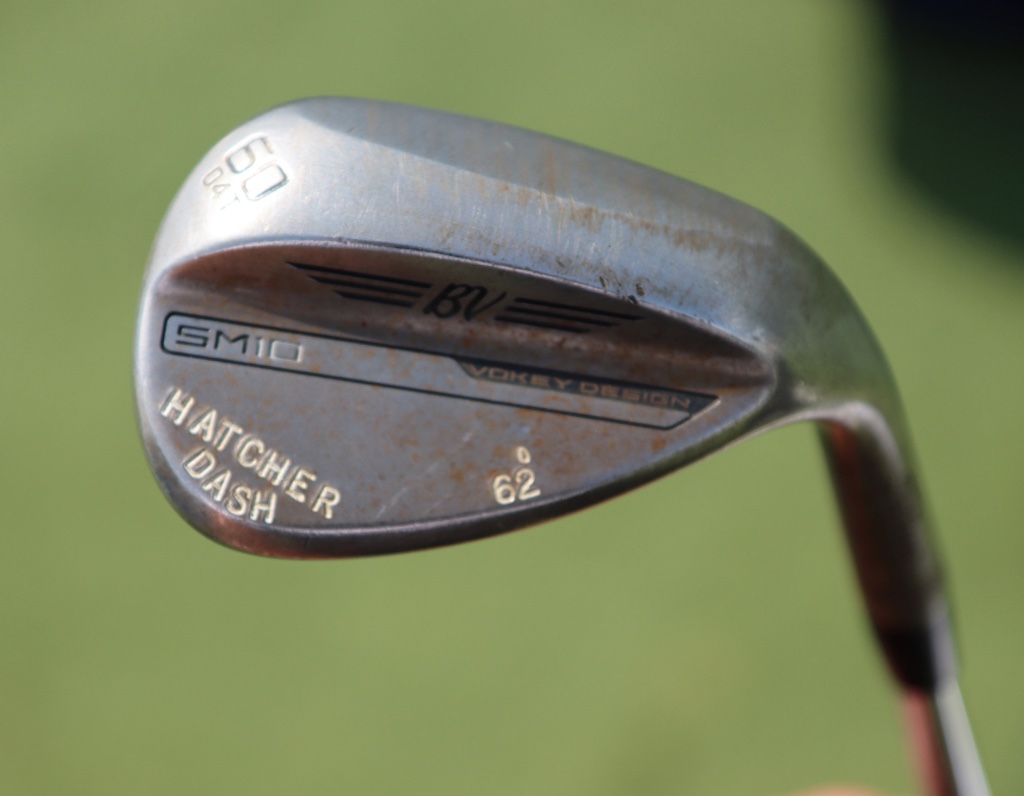
- Peter Malnati what’s in the bag accurate as of the Wyndham Championship. More photos from the event here.
Driver: Titleist GT3 (10 degrees, C2 SureFit setting)
Shaft: Project X Denali Blue 60 TX
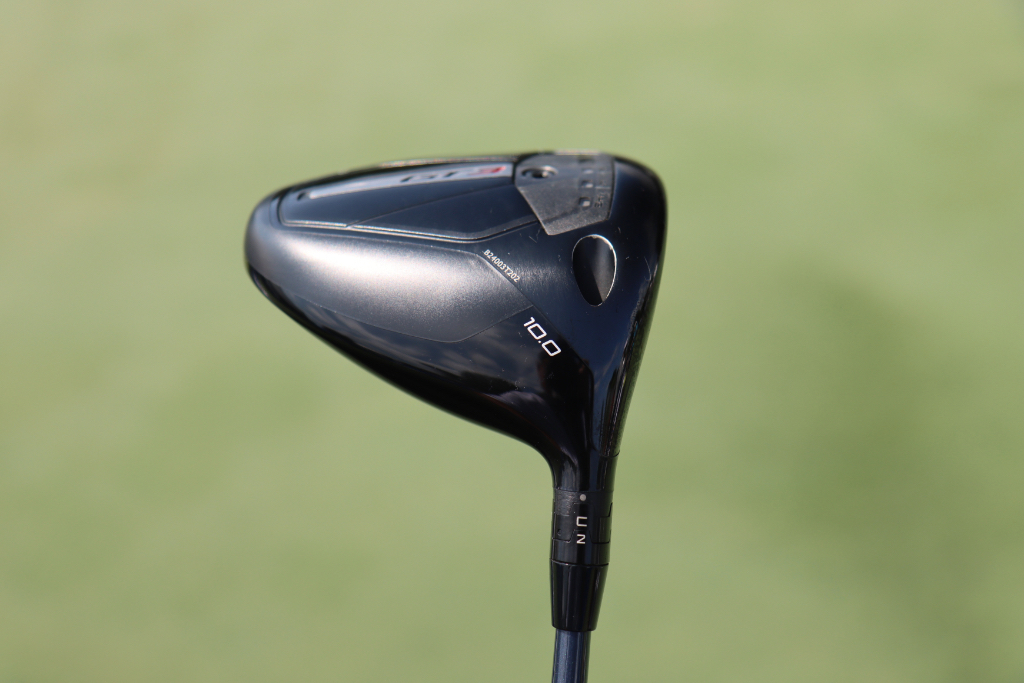

3-wood: Titleist GT3 (15 degrees, A1 SureFit setting)
Shaft: Fujikura Ventus TR Blue 7 X
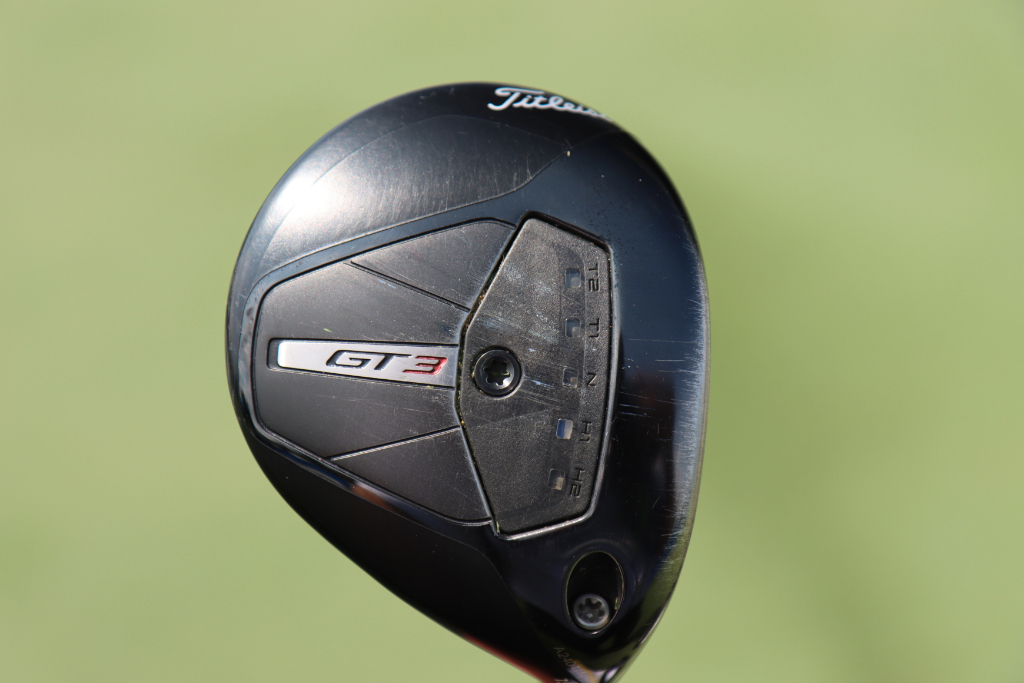
7-wood: Titleist GT2 (21 degrees, D1 SureFit setting)
Shaft: Fujikura Ventus TR Blue 8 X
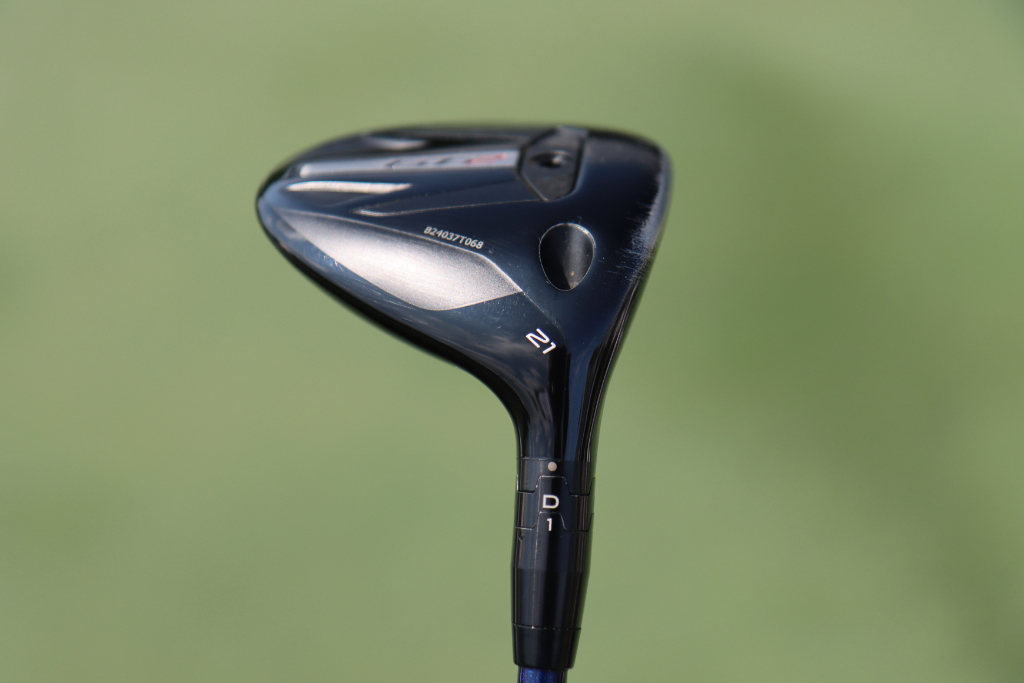
Irons: Titleist T150 (4, 5), Titleist T100 (6-9)
Shafts: True Temper AMT Tour White X100
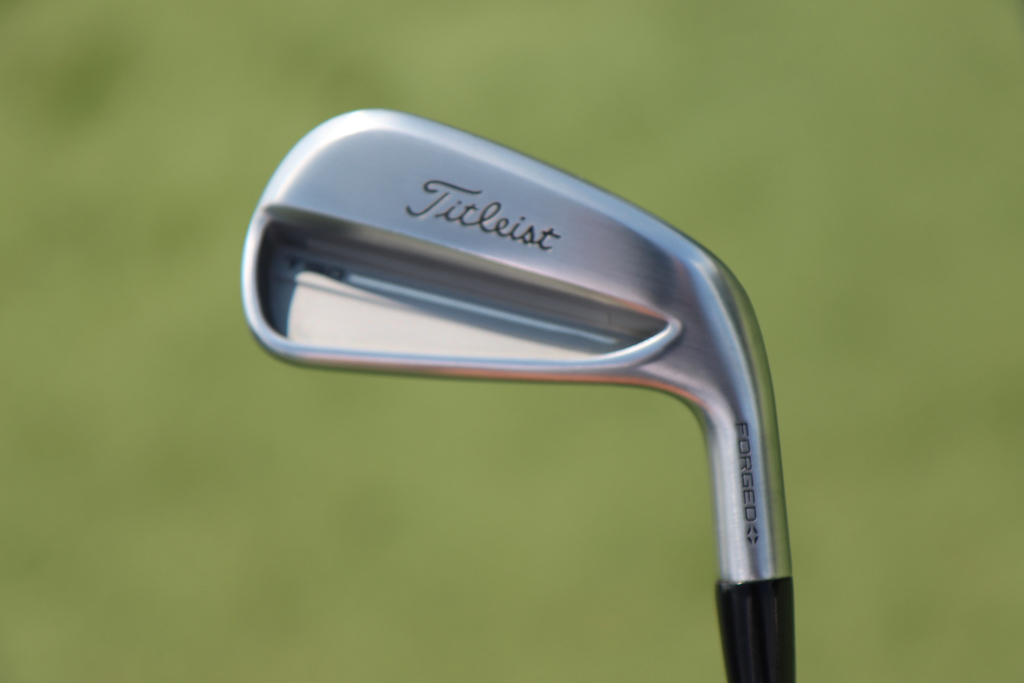
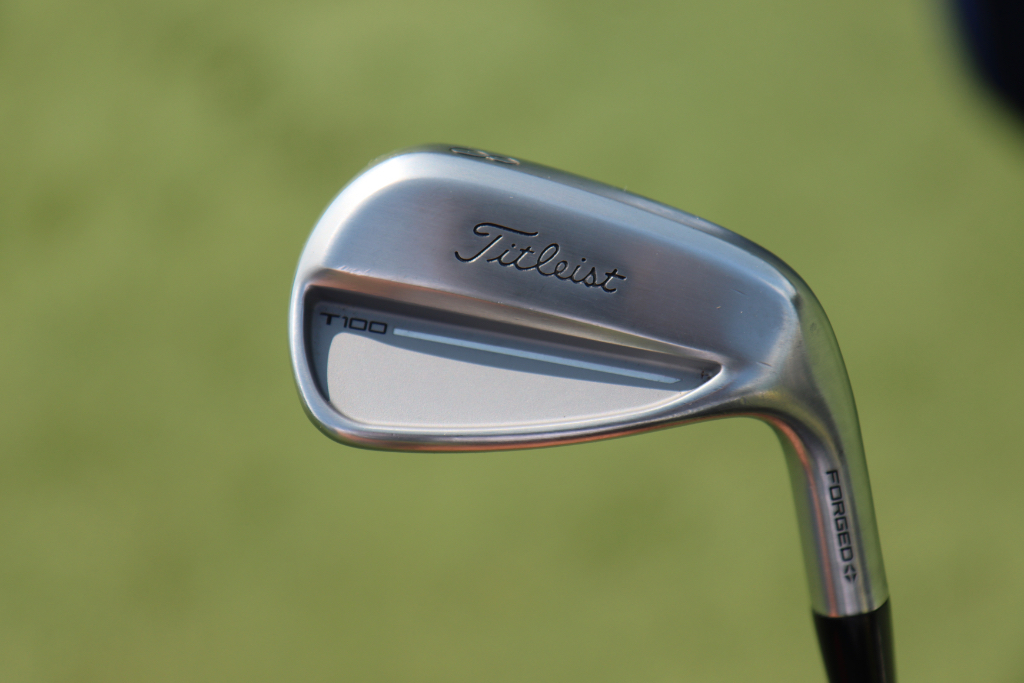
Wedges: Titleist Vokey Design SM10 (48-10F @47, 52-12F, 56-08M @57, 60-04T @62)
Shafts: True Temper Dynamic Gold Tour Issue S400
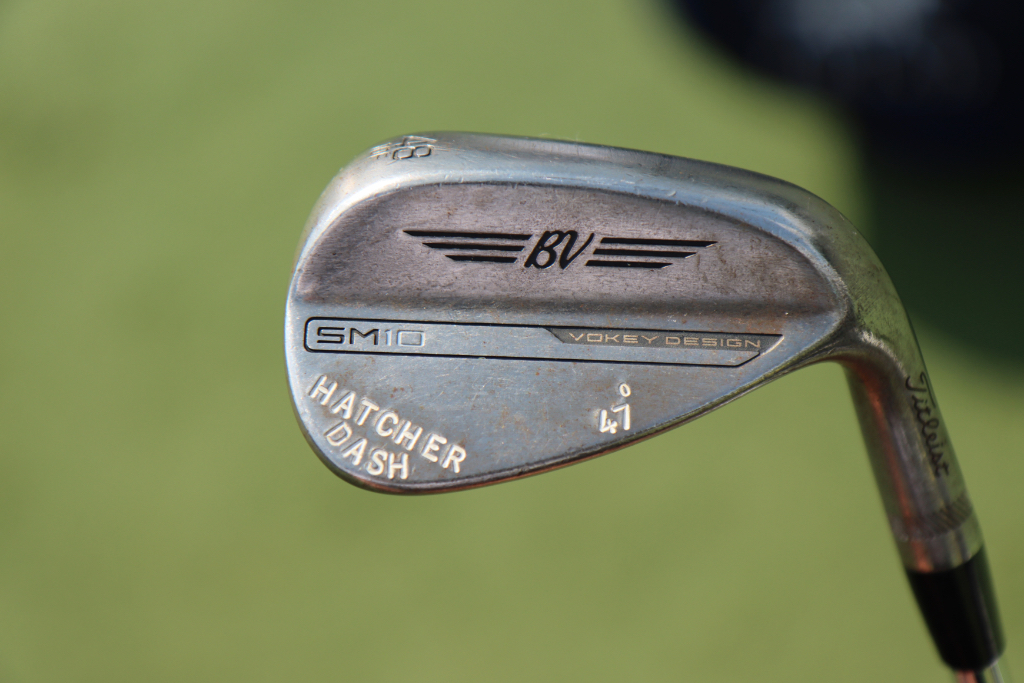
Putter: Scotty Cameron Studio Style Fastback 1.5 Tour Prototype
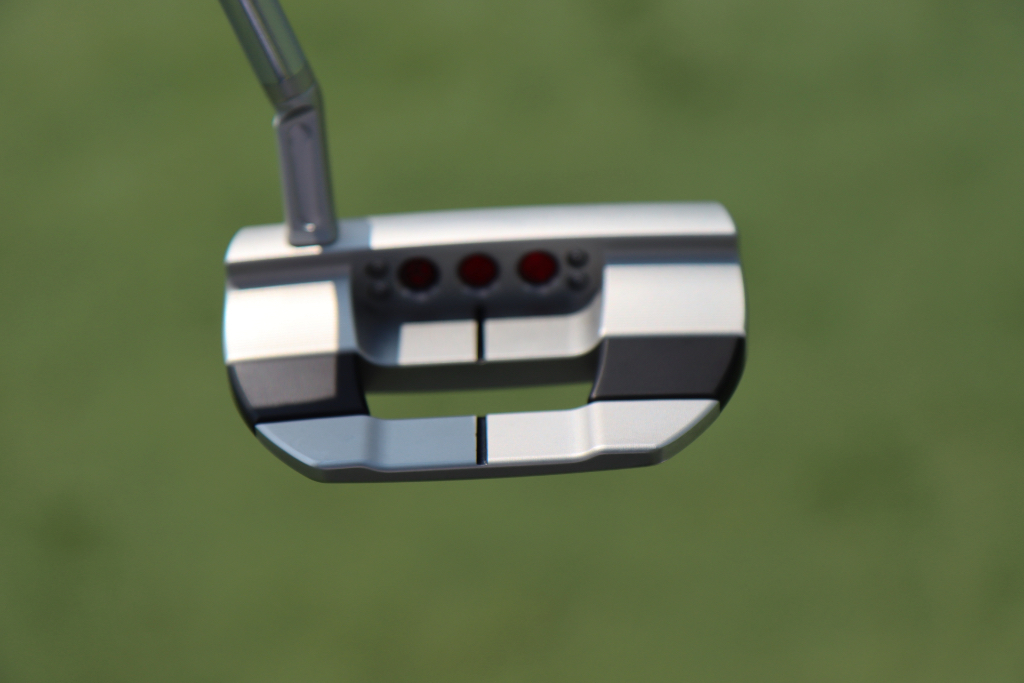
Grips: Golf Pride Tour Velvet
Ball: Titleist Pro V1x Yellow
Equipment
GolfWRX Members Choice presented by 2nd Swing: Best driver of 2025
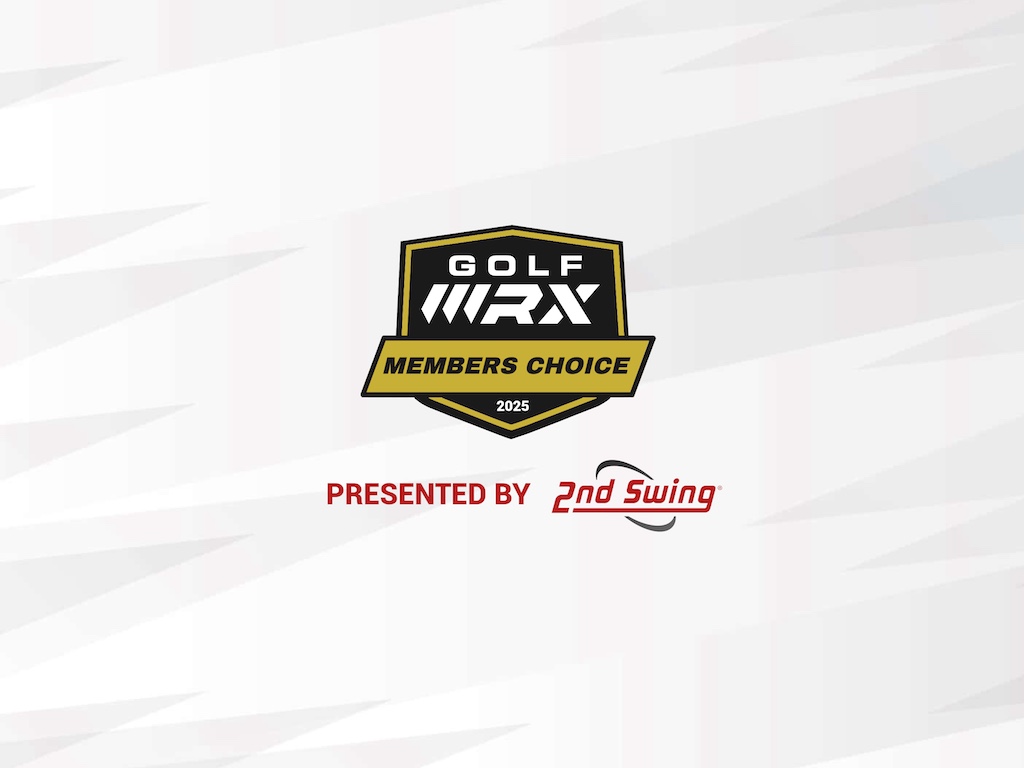
We’re proud to once again partner with 2nd Swing Golf to bring you GolfWRX Members Choice 2025! 2nd Swing has more than 150,000 new and pre-swung golf clubs available in six store locations and online. Check them out here.

What is the best driver in 2025? At GolfWRX, we take great pride in our online community and the cumulative knowledge and experience of our members. When it comes to the best driver of 2025, we want to know what our forum faithful think.
Since our founding in 2005, the bedrock of GolfWRX.com has been the community of passionate and knowledgeable golfers in our forums, and we put endless trust in the opinions of our GolfWRX members — the most knowledgeable community of golfers on the internet. No other group of golfers in the world tests golf clubs as frequently or as extensively, nor is armed with such in-depth information about the latest technology.
Below are the results of GolfWRX member voting for the 2025 best driver, along with the vote percentage for each club.
Best driver of 2025: The top 5
5. Callaway Elyte Triple Diamond: 6.02%
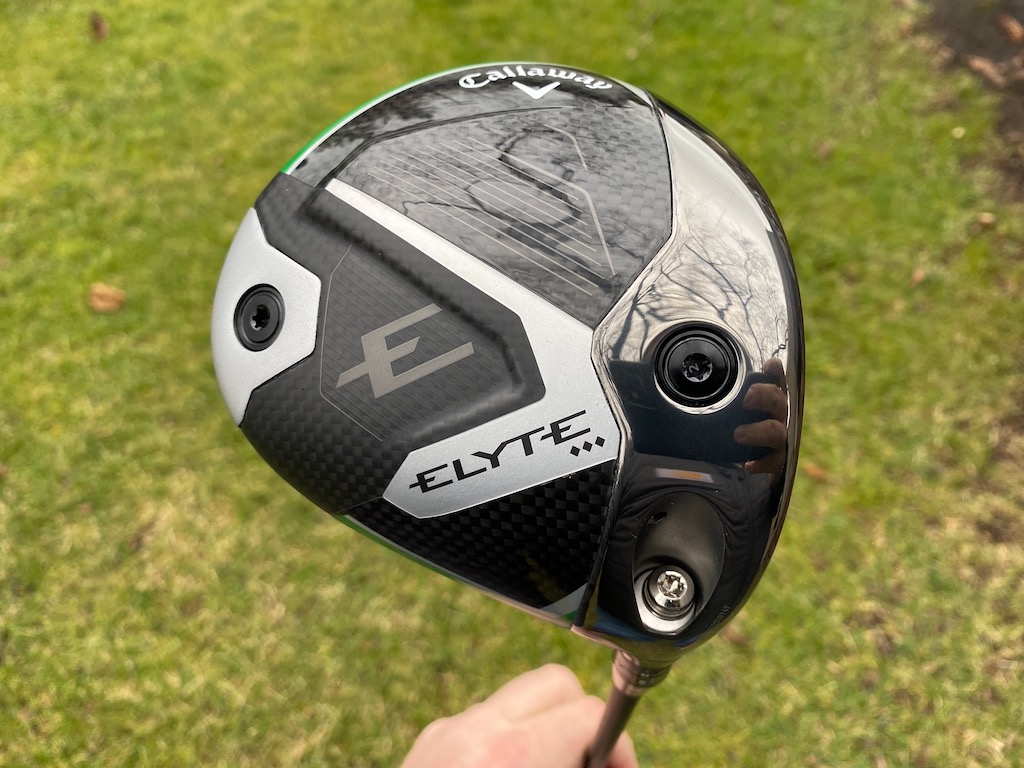
Callaway’s pitch: “For golfers looking for a fast, forgiving, yet workable driver, the Elyte Triple Diamond features a tour-inspired shape and is the preferred model by most Callaway tour players.”
You can read what other golfers are saying about the driver in the GolfWRX forums, and see our launch piece here. Shop the Callaway Elyte Triple Diamond here.
4. Ping G440 Max: 6.86%
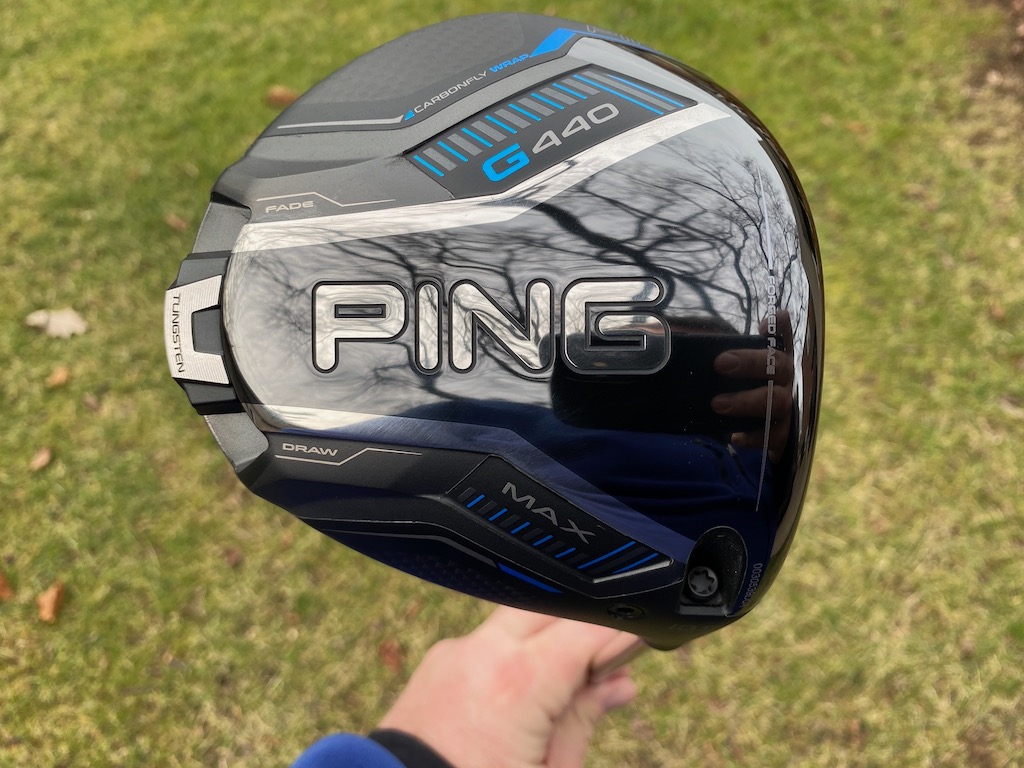
Ping’s pitch: “The most forgiving G440 model, MAX has a hotter face to generate speed and distance, and a lighter overall system weight with a longer shaft (46″) for faster clubhead speed, higher launch and longer carries. The Free Hosel and Carbonfly Wrap crown save weight to create our lowest CG ever and increase forgiveness while contributing to a more muted, pleasing sound.”
You can read what other golfers are saying about the driver in the GolfWRX forums, and see our launch piece here. Shop the Ping G440 Max here.
3. Ping G440 LST: 9.53%
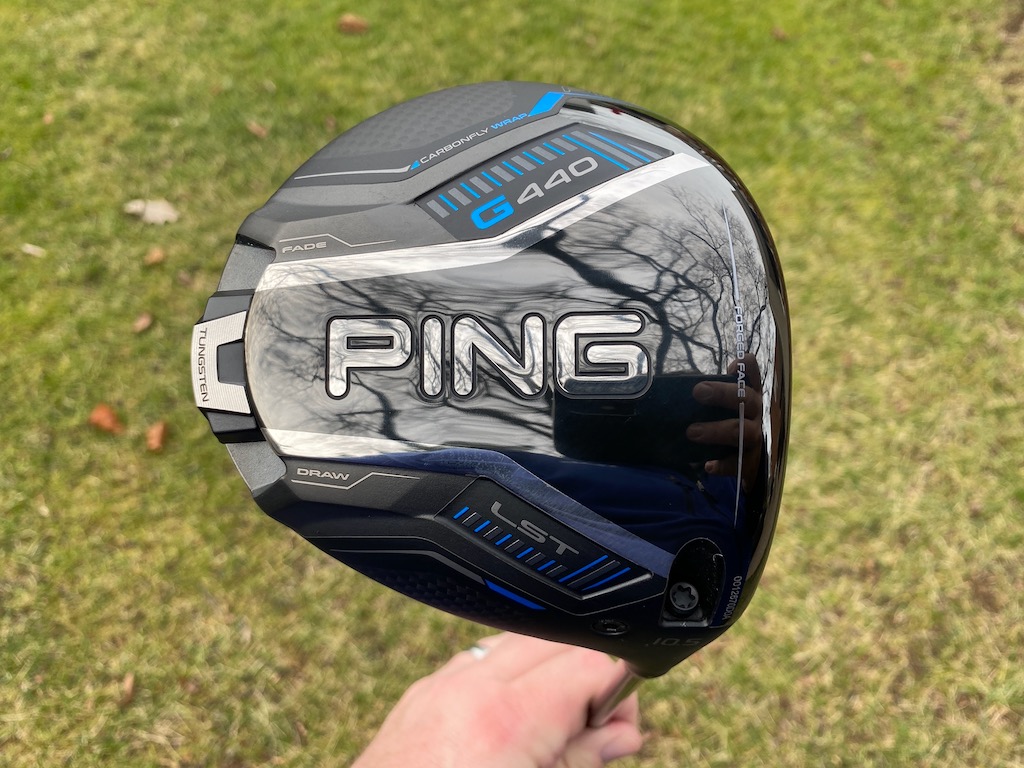
Ping’s pitch: “LST is an especially good fit for faster swings, offering less spin and more control with a penetrating trajectory. A hotter face, lighter overall system weight and longer shaft (46″) deliver more speed and distance while maintaining tight dispersion.”
@phizzy30: “Not a fan of Ping drivers in general, but 440 LST takes the cake. It’s super forgiving across the face for a low spin head, looks and sounds good and the ability to make it play neutral or slightly fade biased through the hosel settings is very appealing.”
You can read what other golfers are saying about the driver in the GolfWRX forums, and see our launch piece here. Shop the Ping G440 LST here.
2. Titleist GT3: 16.55%
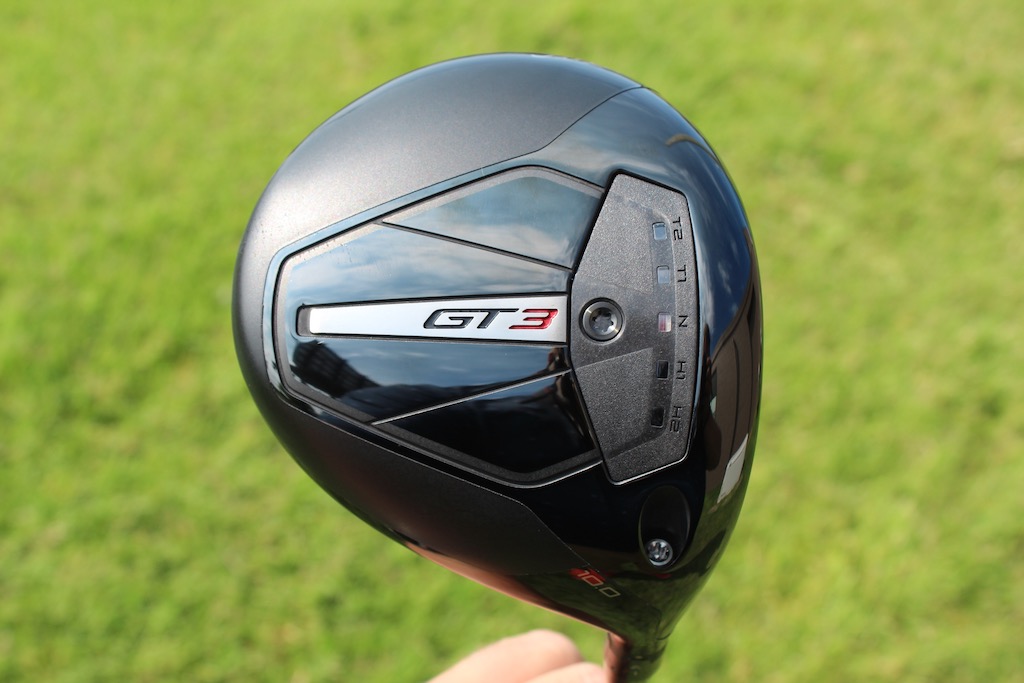
Titleist’s pitch: “The GT3 Driver offers Titleist’s boldest combination of power and personalization through adjustable performance. Dial in the CG Track to your frequent contact location to make your biggest drives even bigger while taking total control over flight and shaping.”
@mrmikeac: “I’ve been Anti-Titleist for years and years and years (outside of Vokey, of course). With that being said, HOLY BEGEEZUS the GT3 driver is an absolute NUCLEAR MONSTER! This thing blew my G430 10K Max out of the water in every single category. Forgiveness is the biggest thing that stands out of me, the 3 model has always been one of the less forgiving models in the past but this GT3 can take bad shot after bad shot and still end up in the fairway, I think a ton of that has to do with the adjustability, it’s actually effective. Feel and sound is perfect, that solid crack is so addicting to hear and when you hit it out the screws this thing can absolutely bomb it. Titleist, I’m sorry for doubting you. You have converted me.”
You can read what other golfers are saying about the driver in the GolfWRX forums, and see our launch piece here. Shop the Titleist GT3 here.
1. Titleist GT2: 22.91%
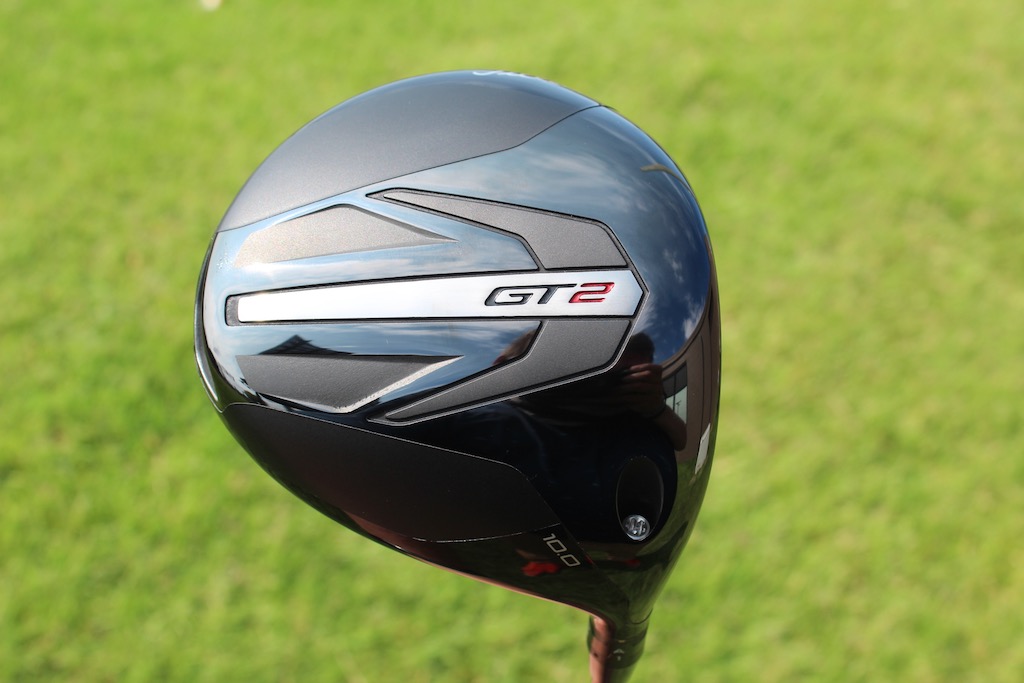
Titleist’s pitch: “Delivering impressive distance from any impact point, the Titleist GT2 Driver extracts maximum performance through a forgiving design. Get the stability and added confidence of a high-MOI driver without sacrificing speed.”
@DTorres: “The Titleist GT2 has proven to be the best driver of the year. Packaged in a classic profile, GT2 perfectly balances performance and forgiveness while consistently being a high performer across all categories.”
You can read what other golfers are saying about the driver in the GolfWRX forums, and see our launch piece here. Shop the Titleist GT2 here.
Other drivers receiving >2% of the vote
| Driver | Vote percentage (%) |
|---|---|
| Cobra DS Adapt Max K | 4.85% |
| Ping G430 Max 10K | 3.85% |
| Callaway Elyte Triple Diamond | 3.68% |
| TaylorMade Qi35 | 3.51% |
| Callaway Elyte | 3.18% |
| Cobra DS Adapt X | 2.34% |
| Cobra DS Adapt LS | 2.17% |
| TaylorMade Qi35 LS | 2.17% |
View this post on Instagram










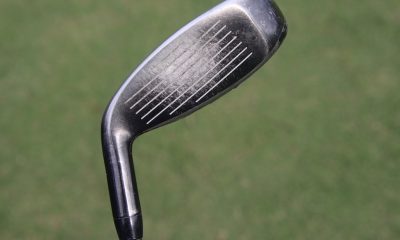

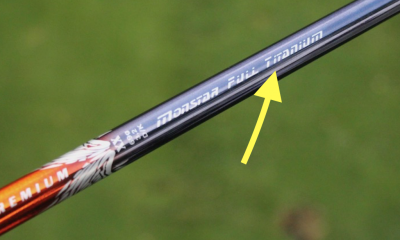

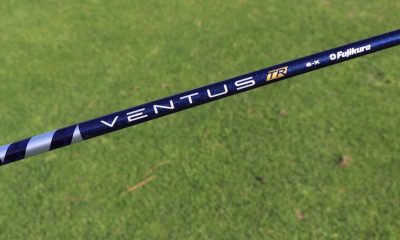

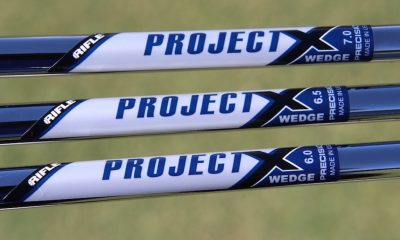

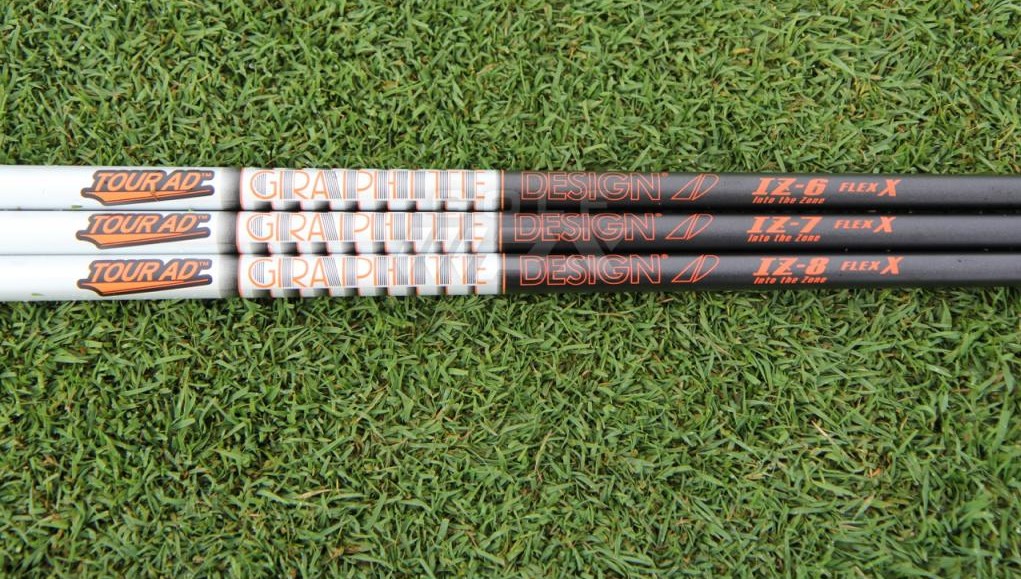









Paul
Sep 13, 2020 at 9:57 am
I am really impressed by the proficiency of this author in his particular subject. This type of detailed explanation usually comes from someone who knows what they do and loves what they do. I have found several answers to my questions in your article Mr. Wishon. Thank you.
Geoff the Aussie
Apr 14, 2016 at 11:08 am
This is one of the clearest explanations of how and all of these variables interact that I have read. Outstanding, truly. Just don’t let my wife read it, as she may realise just how much money I have wasted chasing smoke!
Nathan L
Jun 22, 2015 at 9:35 pm
Reading this I had a novel thought, a theory, namely: we have all already seen our best drive. What I mean is that if someone hits 1000 balls at their swing speed, their scatter plot of data generated will somewhere approach the optimal angle of attack AND dynamic loft. This is all we can really control on a given day. Of course you do want to be able to find that sweet zone with a natural swing, but I don’t think a new driver can produce a shocking new distance, just shocking new consistency. That’s the holy grail. And of course we can work on the long term goal of higher swing speed.
Pingback: The Ideal of "High Launch/Low Spin" - Green Lantern Golf
Jamie
Nov 14, 2014 at 10:02 am
Tom, great article bi take one exception early in your writing about “the only” accurate launch monitors are Trackman and Flightscope. Foresight’s GC2 w/HMT unit is every bit as accurate as those. I have one and have used it side by side to Trackman and in some cases the readings were more reflective of the actual ball flight seen versus recorded. I think you should add Foresight to your list.
Pingback: Driver Shaft | bweisbecker
Joe Golfer
Feb 22, 2014 at 12:02 am
Always enjoy reading Tom Wishon’s articles.
They are teaching tools.
They are also very informative for making decisions when it comes to new equipment.
Twister
Apr 5, 2013 at 8:28 pm
You forgot torque. The impact of the ball on the club face (at distance y from the center of the shaft axis) applies a torque force to the shaft about its vertical axis. The degree to which the head rotates away from the ball in an attempt to relieve that force will also impact launch and spin. In some cases, quite a material impact.
RC
Apr 22, 2013 at 8:17 pm
False. The ball is gone before the head starts to twist any appreciable amount. The “torque” of a shaft relates to how that twisting will affect the feel of the club.
Gilly
May 14, 2013 at 3:34 am
Wrong. It IS possible that the shaft twist RIGHT AT IMPACT with the ball causing the LARGE driver heads to twist away and therefore applying spin in various ways not wanting by the hitter. That is a part of the MOI (moment of inertia).
RC
Mar 8, 2013 at 3:09 pm
A DOWNWARD ANGLE OF ATTACK DOES NOT LEAD TO INCREASED SPIN! That statement drives me insane, especially when made by someone who should know better. The other point that bothered me was that, a golfer should ignore spin and pay attention ball speed and launch angle…WTF? Thats like saying ” To make bread, leave the yeast out. Focus instead on the water.” The rest of the article is good though.
Dugan
May 17, 2013 at 5:30 pm
@RC. Ofcourse angle of attack has a direct effect on backspin! Even me being a 12 capper knows that. Perfect example would be with a wedge shot, a person who sweeps the ball will have about 5-10 feet of rollout when it hits the green. A person who hits down on the ball will usually bounce once and stop or bounce and spin back a little.
Socalpro517
Feb 7, 2014 at 11:15 pm
http://www.youtube.com/watch?v=PMRYEXd4XGs
Angle of attack is technically only half the equation. Say you “sweep” a 0 angle of attack with a dynamic loft of 47 degrees the ball will actually spin the same as if you had a -5 attack which in turn would most likely involve lowering your dynamic loft 5 degrees to match, thus taking an identical spin number and only aiming it 5 degrees lower. Hitting down on the ball DOES NOT produce more backspin. Unless the dynamic loft is maintained or increased, which rarely happens.
KK
Aug 26, 2016 at 5:53 pm
Are you saying the Trackman data should know better? Anyone who’s played ping pong, tennis or volleyball knows a downward aoa increases spin. Too bad not everyone who plays golf knows.
Ian
Oct 26, 2020 at 11:19 pm
Wrong. Just look at the TrackMan data in the chart. Changing the angle of attack on a drive from -5* to +5* dramatically decreases spin. The key to minimizing spin is to have the dynamic loft at impact as close to the angle of attack as possible.
Thomas Nevue
Feb 20, 2013 at 8:53 am
Great article, whatever to the haters, you know what your talking about and are one of the reasons I refer to this site daily to learn all that I can to improve as I practice.
Cmac
Feb 19, 2013 at 9:30 pm
This is great info…becoming a good golfer is a balance of knowing and doing…you better believe good golfers know exactly how their equipment is supposed to behave relative to their swing for any given shot.
Joe
Jan 17, 2013 at 12:28 am
Once again, excellent article. Kudos to you, Tom Wishon.
I always really enjoy the technical articles you write, so thanks for taking the time to inform those of us with an interest in how these factors affect the shaft and swing, etc.
GW
Jan 15, 2013 at 12:09 pm
I’ve heard a certain golf instructor on a major network describe still photos of a swing where the shaft appears to flex forward as “impossible.” Am I right in reading the article, that it IS possible and may contribute to higher launch, etc.
John
Jan 15, 2013 at 1:39 pm
The shaft flexes forward during the downswing for every golfer in the world, no matter what their club head speed… It’s physics and with this great emphasis on club head speed we should have already understood that the club head is moving faster than the hands which creates a “backward bend” in the shaft
Joe
Jan 17, 2013 at 12:19 am
Yes that’s true, John.
Tom Wishon has written three previous articles about the shaft prior to this one, and one of them explains that facet very well.
But the head isn’t necessarily leading the hands at impact.
In a good swing, it is, as the player has a late release of the hands. But if a player has an early release, the club shaft has done all of its’ bending before getting to the ball, and is essentially straightened out at impact.
If you don’t believe me, check out Wishon’s previous article which explains it all in superb detail.
Joe
Jan 17, 2013 at 12:38 am
Tom Wishon has written a previous article about shafts that describes this aspect. Look at Tom’s other articles and it will be explained to you in terms that are understandable.
On the right side of the page, you can see his name listed under the “Featured Writers” section.
See the article entitled “Facts about Shafts-What they do (Part 3).
It will explain the “forward bend” of the shaft for you.
OG
Jan 14, 2013 at 1:38 pm
Yeah it’s good stuff but how do you tell an ego-maniacal golfer that he’s got a SWING ERROR in a nice way without getting him all fired up? LOL hahaha hehehe
Jim
Feb 7, 2017 at 6:55 pm
If you’re fitting them, and think it’s something thay if they did fix or ‘manage’ better it could affect the fitting – and you think they’re (say) skilled or serious enough to listen and agree that they’d ‘want to try and fix it’, show them on high speed video….Getting the best FLEX & tip stiffness depends more on how much a person uses their hands and ‘cracks the whip”, accelerating into AND through impact more so than raw swing speed….
I’ve had more than a few ‘super seniors’ with not a lot of flexibility or ROM – but had physically strong hands – generate the bulk of their clubhead speed with their hands. While the numbers were <80, these (type of) cats all ended up in stiff shafts (not high flex or 'real' stiff S) but R flex resulted in excess hooks & many times low-on-the-face impact. A few ended up with 'stout' or tipped R flex.
always look at their mechanics, and someone's capability to improve and point it out (delicately if required)….I don't want someone fixing their messed up release with two or three months of lessons/hard work and 'growing out of' the $750-1200 custom driver I fit them for.
I'm honest with them regardless of their inital 'tude…By booking my time, they've accepted me as the expert, and it is a significant imvestment they're making – fitting fee included! I ask in their basic interview what's the goal? Will they/are they takin lessons – etc….politely showing even the biggest knob on high speed HD video he's releasing the clubhead from his trail-side hip pocket (and losing a butt load of speed) is why Trackman says 93 and not 110, and no, he doesn't need an 8.5 is then usually understood and appreciated.
Look for bonded drivers making a 'comeback' (high-end too – not just 'baseline' models) Getting more actual loft on the face and controlling flight with the shaft is the way to go…. "PERSONALLY" I feel opening/closing an adjustable head to affect loft means there's an EXTRA couple slices/hooks lurking about waiting to sneak in….
PS….TO REALLY APPRECIATE Tom, you need to see him in action at a large forum (say PGA show) where a bunch of 'experts" from all the big OEM's are on a stage and you can see the fear in their faces when one of the roaming microphone folks gets within 20 feet of him….you can see them or their assistants on side of the stage try to 'head steer' – or eye 'wave em away' from that 'crazy guy' trying to ask a question….It's pretty funny to watch em squirm when he does get to ask something about their "latest n greatest" equipment 😉
Ken
Jan 12, 2013 at 9:00 pm
“Is there such a thing as a high launch/low spin or low launch/high spin shaft?
To make this easy, the answer is without question is NO, it is impossible to make such a shaft because of the different ways different golf swings cause the shaft to bend. No, nada, nil, cannot be done. Period.”
im pretty sure they do make a high launch low spin shaft.
(EDIT: Shaft company listed and need a sponsorship to advertise)
Blanco
Jan 12, 2013 at 9:27 pm
If you read the article and understood it, you’d realize that those are marketing terms… marketing is what helps you come to terms with the several hundred dollars you spent on a piece of painted graphite.
Ste D
Jan 12, 2013 at 9:44 am
The spin rate on my 10 degree driver with a regular shaft and 95mph club speed was 11000!!!!! I carry about 220yds+. Think I need to change something!! Any recommendations??
Gerry
Mar 11, 2013 at 9:50 am
I would say take lessons, I’m 155 pounds 5’11”, 4.2 handicap with about 40 games a year. I can crank my driver 310 at times(average about 280). Its all in your backswing/wind up, then transferring the weight forward properly.
Proper balance is key! Finish with your knees touching. Light grip, like a 4 at setup. Should get to about an 8 when actually swinging the club. Let the club do the work. Follow through, finishing with the club behind your head; parallel to your ears.
Visualize your shot, PLAY YOUR MISSES. if you fade it, then play your fade.. And one of the best things you can do is know the carry of your club… not just the distances.. so if you hit your 9 iron 135ish your carry will be like 128…
tlmck
Jan 12, 2013 at 9:06 am
Excellent article.
johnny
Jan 12, 2013 at 3:42 am
This site golfwrx, stated out with great intentions but you are giving way to much information to 15 handicaps, 5’s for that matter. I Give the technical stuff a rest and let the club fitters handle it. If i have one me guy tel me his specs as a 22 handicapl ill emplode. ” i need a diet with an x at y degrees and 3 * open,,arrghhhhh.
Rufiolegacy
Jan 12, 2013 at 12:26 am
Solid read, I wish I could just print this out and hand it to customers when they ask for shaft recommendations lol
Kevin
Jan 11, 2013 at 6:58 pm
Too many golfers buy driver after driver, get a great shaft for your swing and the results are unreal. Pretty similar in cost (Shaft and a new Driver that is).
yo!
Jan 11, 2013 at 5:06 pm
good stuff
W. Scott
Feb 16, 2014 at 11:52 am
I really trust this author. This should be extremely valuable to an old guy like me if I could just afford to get a trackman fitting by a person that understands it all!